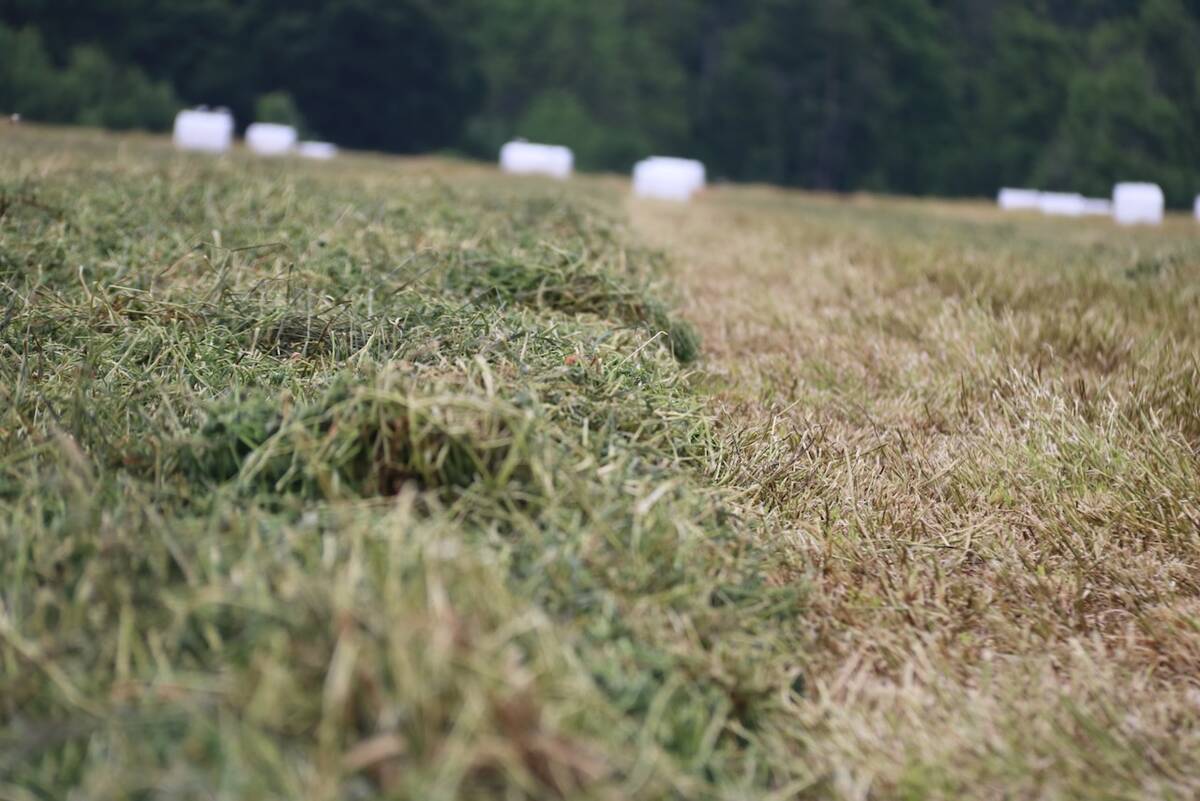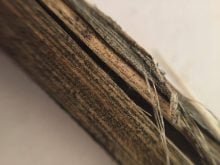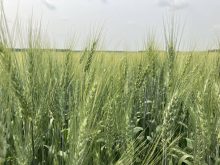Fungicide-equivalent protection against sclerotinia has long been an elusive target for canola breeders — but Pioneer appears to have cracked the code.
The Corteva-owned seed brand released its P617SL hybrid commercially in 2024, and the company says its trial data backs up the fungicide-equivalent claim.
While the Canola Council of Canada can’t speak to specific products, agronomy specialist Chris Manchur, the council’s lead on sclerotinia, characterizes fungicide-equivalent resistance as a “holy grail” in canola seed research and development.
Read Also

New high-performance forage training program to launch in 2026
A new Canadian Forage and Grasslands Asssociation high-performance forage program will be a resource for farmers, agronomists and others in the forage sector.
Sclerotinia is one of the big yield robbers in canola production, he says, so a breakthrough in resistance “would be big news… it would definitely be a really great tool in the toolbox when we match it up with our fungicides and agronomics to manage sclerotinia.”
One of the biggest advantages of genetic resistance to sclerotinia, he notes, would be the added flexibility it offers.

With fungicides, timing is critical — applications typically need to be made when canola plants are between 20 and 50 per cent bloom for the best results. In contrast, the new hybrid’s genetic resistance reduces the pressure to hit that narrow window, giving farmers more leeway in managing the disease without relying on precise fungicide timing.
Indeed, that desire for flexibility from farmers is exactly what the folks at Corteva hope to capitalize on.
“Farmers want a little peace of mind,” says Scott McClinchey, the lead breeder behind the development of the P617SL hybrid.
Farmers may want assurance their crops are protected, even when they’re away from the farm, he says.
“I want to have that insurance that the resistance for sclerotinia is in the seed, and that I can just come back from the cottage and in get my combine and grab the yield at the end,” he says.
The main benefit of the new hybrid is season-long protection from sclerotinia, he says. In most cases, farmers won’t need to apply fungicide, although he acknowledges areas with high disease pressure, such as the Red River Valley, may still require fungicide applications.

“In areas where there’s a lot of inoculum in the soil, like after crops with a history of white mould — such as soybeans or sunflowers — you may still need to spray, even with this product.”
McClinchey also points out that P617SL addresses common challenges farmers face, such as unpredictable weather.
The Canola Council, for example, provides useful forecasting tools to help determine when to spray for sclerotinia, but such tools don’t account for isolated Prairie storms that can rain on one field but miss another just a few kilometres away.
“Sometimes, an untimely rain makes it too wet to spray,” McClinchey says. “It really gives you that insurance that if you miss the optimal window, you’re still going to have a good yield.”
McClinchey suggests the new product could also significantly impact profitability. Spraying is expensive, so reducing the number of applications will save farmers money.
The biggest benefit, however, is the yield saved from a bad infestation. He points out that the rule of thumb for sclerotinia is that with a 50 per cent infection rate in the crop, a farmer can expect about a 25 per cent yield loss.
“That yield protection is going to be really key for their bottom line,” he says, and using a hybrid that controls sclerotinia will also reduce the amount of inoculum going back into the land.
“It is a very innovative way of reducing the chemical use for the farmers,” McClinchey says.
P617SL also boasts strong resistance to blackleg and clubroot, as well as the highest verticillium tolerance in Corteva’s commercial lineup, the company says. The hybrid also features high oil protein content and low saturates, meeting the canola quality standards. In trials, the hybrid’s yield is comparable to Corteva’s P505MSL and DeKalb’s DKTF 84 CR SC.
“It has a lot going for it,” McClinchey says.
Pioneer has been working on sclerotinia resistance for over 30 years and launched its first resistant canola hybrid in 2009. Currently Corteva is the only company in Canada that offers sclerotinia-resistant products, a status McClinchey says is due to the complexities surrounding the research.
“It’s not easy,” he said. “If it were easy, I think everybody would have canola sclerotinia products for the segment, but right now, it’s just Corteva.”
A key factor in the company’s success, he says, was its advanced phenotyping techniques. Its team set up specialized locations with controlled conditions, including drip irrigation, ascospore inoculation, and shade cloth to simulate optimal disease conditions, allowing them to closely monitor disease development and evaluate the effectiveness of their hybrids.
After years of research, rating each inbred and hybrid for sclerotinia tolerance, comparing them to commercial checks by assessing the percentage of dead plants, and replicating the results in both small- and large-scale trials, McClinchey says his team was able to show its hybrid could be an effective tool for farmers in real-world conditions.
But the Canola Council’s Manchur cautions that while genetic resistance, such as that found in P617SL, is an important tool, it’s not a “silver bullet” for managing sclerotinia.
“You need to pair that with all the other practices for management,” he says. “That includes using fungicides and crop rotation.”
















